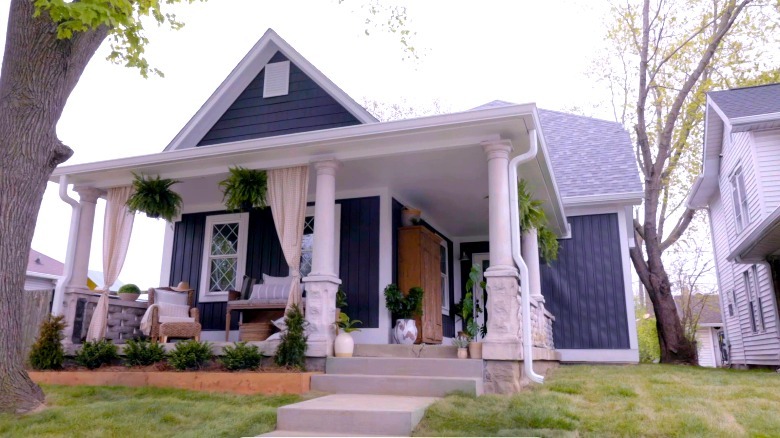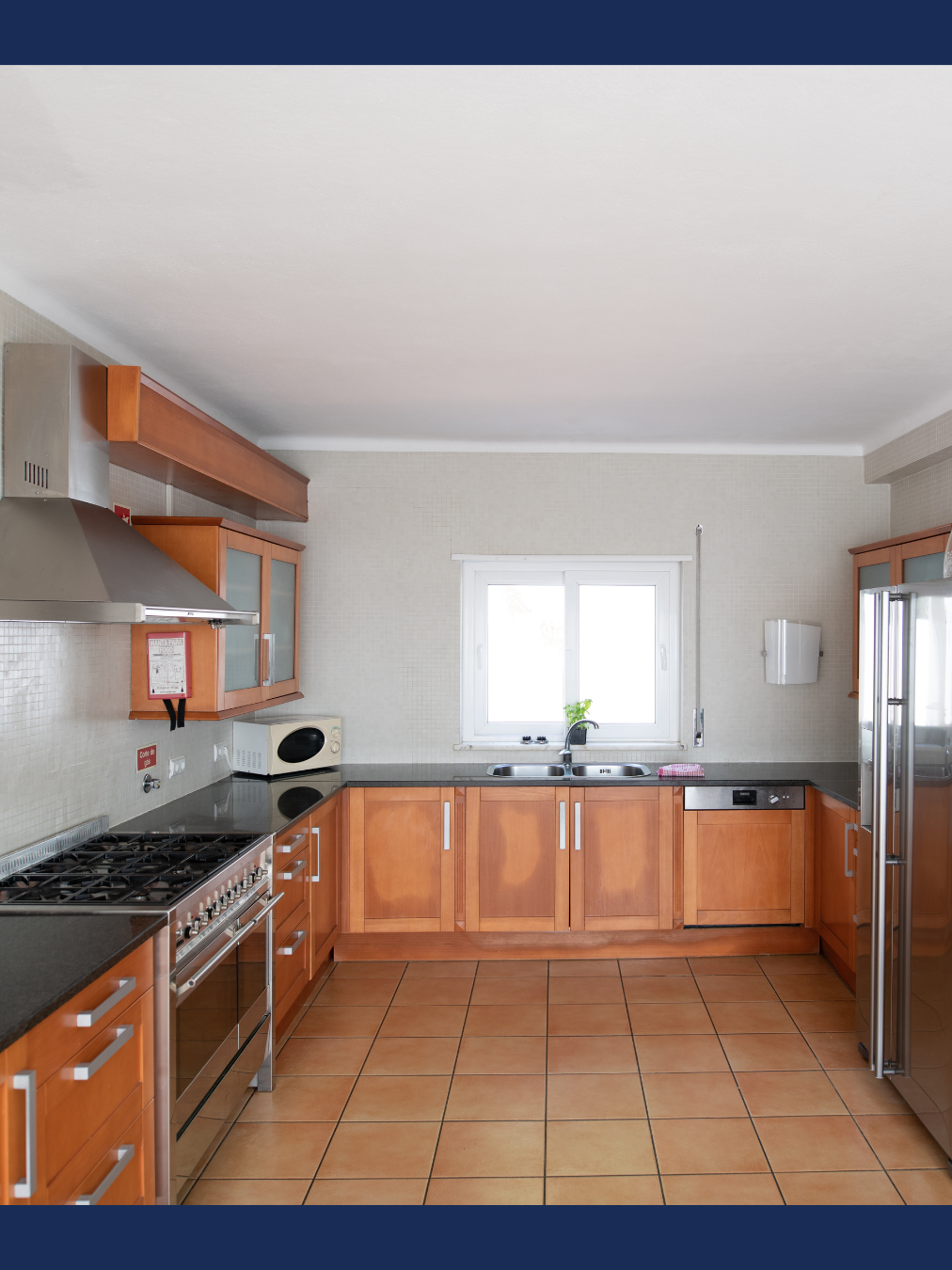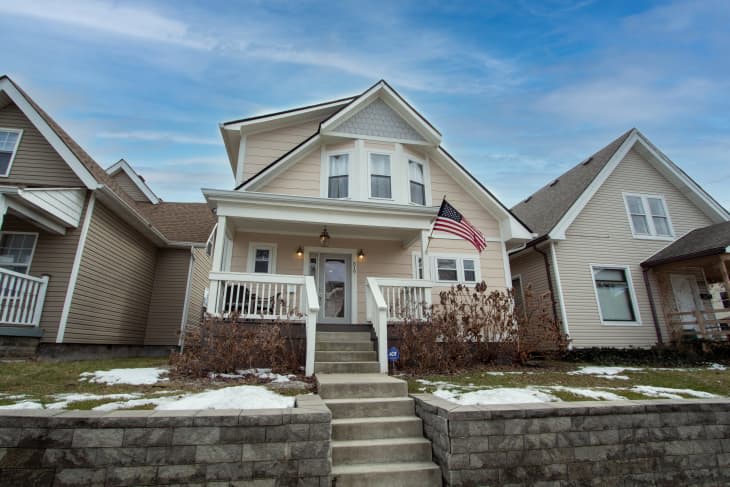When searching for a home with “good bones,” buyers are ultimately looking for a property that offers solid structural integrity, a functional layout, and enduring quality—regardless of outdated finishes or cosmetic flaws. This phrase, often used in real estate, refers to a home’s underlying physical and design characteristics that make it a sound long-term investment and a strong candidate for future upgrades.
 A house with good bones won’t need to be gutted or rebuilt to become beautiful—it just needs the right vision.The foundation is one of the first indicators of structural soundness. Large cracks, uneven flooring, or visible shifting can signal costly issues beneath the surface. According to the American Society of Home Inspectors (ASHI), these types of foundational defects are among the most serious red flags during a home inspection and can require extensive repairs if not addressed early (ASHI, 2024). Similarly, the framing of the home, roofline, and walls should appear straight and intact. Sagging ceilings, sloping floors, or cracked walls may point to deeper structural concerns.
A house with good bones won’t need to be gutted or rebuilt to become beautiful—it just needs the right vision.The foundation is one of the first indicators of structural soundness. Large cracks, uneven flooring, or visible shifting can signal costly issues beneath the surface. According to the American Society of Home Inspectors (ASHI), these types of foundational defects are among the most serious red flags during a home inspection and can require extensive repairs if not addressed early (ASHI, 2024). Similarly, the framing of the home, roofline, and walls should appear straight and intact. Sagging ceilings, sloping floors, or cracked walls may point to deeper structural concerns.
Another key factor is the home’s layout. A house with good bones generally has a floor plan that flows well and makes smart use of space. For example, open-concept living areas, centrally located kitchens, and bedroom groupings that promote privacy are all valuable traits. While walls can often be moved or removed, a naturally efficient layout saves time, money, and effort during renovations. Light is also a critical part of the equation. Homes with good window placement and ample natural light are more comfortable and energy-efficient. South-facing windows are especially prized in North America for their consistent sunlight throughout the day.
 Equally important are the mechanical systems—plumbing, electrical, HVAC—which are much harder to upgrade than countertops or cabinetry. The National Association of Home Builders (NAHB) reports that many major systems, such as galvanized steel plumbing or knob-and-tube wiring, are outdated and may not meet modern safety standards (NAHB, 2023). Buyers should ask about the age and condition of these systems and prioritize homes where they’ve already been updated or well-maintained. Replacing them can add tens of thousands of dollars to renovation budgets.
Equally important are the mechanical systems—plumbing, electrical, HVAC—which are much harder to upgrade than countertops or cabinetry. The National Association of Home Builders (NAHB) reports that many major systems, such as galvanized steel plumbing or knob-and-tube wiring, are outdated and may not meet modern safety standards (NAHB, 2023). Buyers should ask about the age and condition of these systems and prioritize homes where they’ve already been updated or well-maintained. Replacing them can add tens of thousands of dollars to renovation budgets.
Material quality also helps identify a home with good bones. Original features such as real hardwood floors, solid wood cabinetry, plaster walls, or masonry fireplaces often signal craftsmanship and durability. These are typically more desirable than modern builder-grade alternatives and can add character and resale value when preserved. Even small design elements—like crown molding, arched doorways, or quality trim work—can indicate a home built with care.
Finally, don’t overlook the importance of lot quality and location. A home on a flat, usable lot with good drainage and mature landscaping is a major asset. Proximity to desirable amenities, schools, or scenic views can further enhance a property's long-term value. And while a home may appear outdated, it’s important not to let cosmetic distractions—such as wallpaper, paint color, or worn carpet—overshadow its core strengths.
Ultimately, finding a home with good bones is about seeing beyond current imperfections to what the property could become. Understanding the difference between issues that are aesthetic and those that are structural or systemic is key. With the help of a trusted inspector and a bit of vision, buyers can confidently invest in a home that offers stability and long-term potential.
Works Cited
American Society of Home Inspectors (ASHI). (2024). Common structural issues found in home inspections. Retrieved from https://www.homeinspector.org
National Association of Home Builders (NAHB). (2023). Life expectancy of home components. Retrieved from https://www.nahb.org



